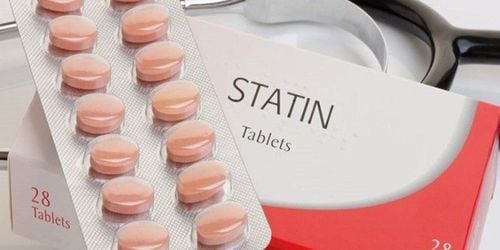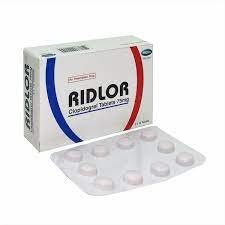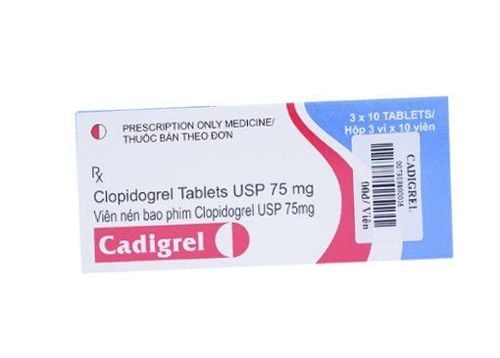This is an automatically translated article.
The article is professionally consulted by Master, Doctor Pham Van Hung - Department of Medical Examination & Internal Medicine - Vinmec Danang International General Hospital. The doctor has 30 years of experience in examination and treatment of internal diseases, especially in Cardiology.Atherosclerosis is a very dangerous disease because the disease often progresses silently. The process of narrowing and hardening of the arteries occurs over many decades, often without any symptoms, causing patients to mistakenly believe that they have healthy arteries.
1. Atherosclerosis - potential health risks
Atherosclerosis often progresses silently, affecting our body long before the disease develops. Low-density lipoprotein (LDL or bad cholesterol) causes damage to the arteries, and over time plaque hardens and sticks to the arteries. Over the years, the body's response to fatty deposits creates a plaque or bulge on the artery wall.According to experts, atherosclerotic plaques can progress over a long period of time until they significantly impede blood flow to tissues. Plaque can suddenly rupture causing a blood clot to form, completely blocking the artery's blood-carrying function. Within hours, the tissues supplied with blood by the blocked artery can die.
In some cases, plaque grows slowly and blood flow restriction persists for many years, so atherosclerosis does not cause early symptoms. By the time symptoms do appear, the blockage is often already extremely severe and irreversible.
Blood pressure, diabetes, obesity, smoking and a diet high in fat and low in fruits and vegetables all tend to make atherosclerosis worse.

2. Atherosclerotic disease affects organs in the body
All functions of the organs in the body depend on the movement of blood by the arteries. Arteries are distributed everywhere in the body, so all of them are at risk of being affected by atherosclerosis. When it occurs, atherosclerosis is often widespread. Here are the effects of atherosclerosis on organs in the body, including:Kidneys
Arteries that supply blood to the kidneys, where our entire blood volume is filtered more than 30 times a day . When atherosclerosis obstructs blood circulation, the consequences cause chronic kidney disease. This can even lead to end-stage kidney disease or total kidney failure that requires dialysis. Atherosclerotic renal artery blockage, also called renal artery stenosis, can cause blood pressure to spike. In hypertensive patients, the renal artery is compressed due to high blood pressure, atherosclerosis has the combined effect of narrowing the renal artery.
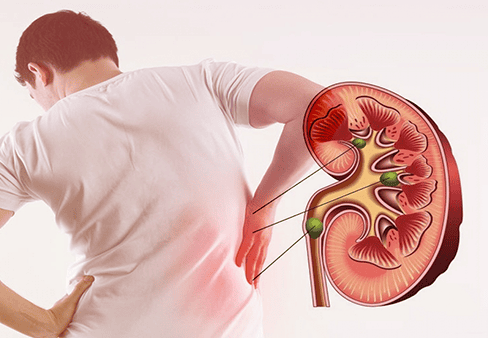
Small arteries that supply blood to the eye nerves. If the atherosclerotic plaque ruptures and blocks the central retinal artery, the person can go blind.
Sexual organs
Men need strong blood flow to the penis to get and maintain an erection. Atherosclerosis can damage the penile arteries and thus not be able to provide the necessary blood flow. Consequences of erectile dysfunction. This is a fairly common problem: up to 39% of men in their 40s have erectile dysfunction and two-thirds of men over 70 have obvious symptoms of this disease. Atherosclerosis is one of the main causes of erectile dysfunction. Digestive system
Atherosclerosis can narrow the arteries that supply blood to the intestines. Consequences cause ischemia of the mesenteric artery. Patients often feel abdominal pain after eating, when the body tries to increase blood supply to the intestines, but cannot. Mesenteric artery ischemia is rare and is often confused with dyspepsia.

The aorta is the main route of blood from the heart to the organs of the body. When the aorta is dilated and deformed, causing the wall to stretch and break easily, it is called an aortic aneurysm. The most common is abdominal aortic aneurysm. Atherosclerosis is the main cause of aortic aneurysms, an aneurysm that can rupture and bleed to be life-threatening.
Atherosclerosis blocks blood flow to the heart, brain and lower extremities, causing major complications:
Coronary artery disease (heart) Stroke (brain) Peripheral artery disease (lower extremities) Atherosclerosis Arteriosclerosis is the main cause of these diseases.
Heart
Coronary arteries run along the surface of the heart, supplying blood to the heart muscle. Atherosclerotic plaques can restrict blood flow, leading to coronary artery disease. Most people with coronary artery disease have no symptoms, and some have angina (chest discomfort that often occurs with exertion). Angina may be stable, which means that symptoms develop slowly or are completely absent, and cause no permanent damage to the heart muscle. When the atherosclerotic plaque ruptures, the result is unstable angina. Chest discomfort that changes, gets worse, or occurs at rest. This means that there has been inflammation in the atherosclerotic plaques, which is a dangerous condition. Unstable angina can quickly turn into a heart attack, or heart attack, when a blood clot forms and completely blocks a coronary artery.
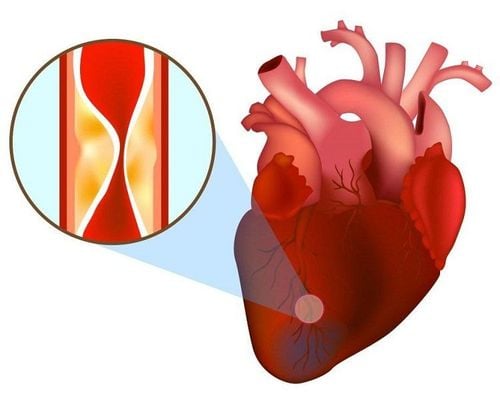
Our brain requires an enormous amount of energy, which is supplied with blood through the arteries in the neck and head. A stroke occurs when an important artery that supplies blood to the brain is blocked. If the artery is not recanalized quickly, dependent brain tissue dies. Permanent brain damage can lead to prolonged paralysis or difficulty speaking. A transient ischemic attack (TIA) or "mini-stroke" is caused by a temporary interruption in the blood supply to part of the brain. Usually, a TIA is caused by a blockage in a small artery and improves spontaneously. Half of strokes occur due to atherosclerosis. Similar to a heart attack, a stroke is a "brain attack". An unstable atherosclerotic plaque ruptures, a blood clot forms, and the artery becomes blocked. Less commonly, a plaque elsewhere breaks off and travels to a brain artery. Legs and feet
Progressive narrowing of the arteries of the legs leading to peripheral artery disease. Symptoms usually appear in the muscle groups of the leg (buttock, thigh, or calf) and often appear with exercise, disappearing with rest. Symptoms may occur in one or both legs.

3. Prevention of atherosclerosis
Atherosclerosis can cause many dangerous complications for the body. However, with good prevention of atherosclerotic factors, the risk of dangerous complications will also be reduced.Here are some things you need to do to prevent atherosclerosis, including:
Check and treat cholesterol, blood pressure if high Exercise a few days a week Do not smoke Follow a diet Diet with lots of fruits and vegetables and foods that are low in saturated fat.

Please dial HOTLINE for more information or register for an appointment HERE. Download MyVinmec app to make appointments faster and to manage your bookings easily.
Reference source: webmd.com





